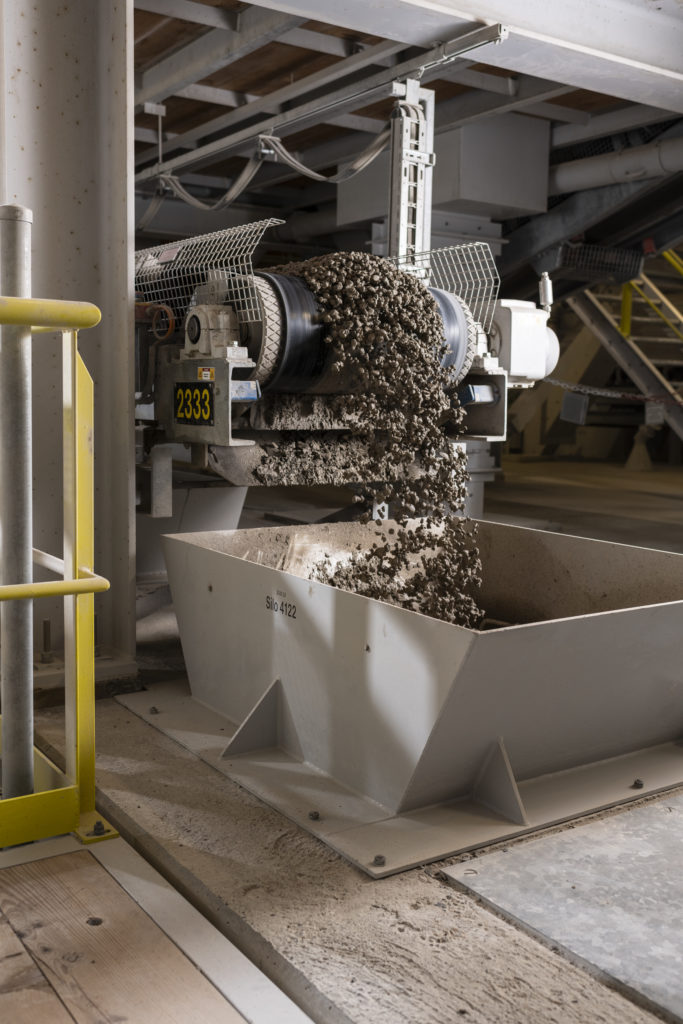Cement plants emit substantial amounts of carbon dioxide (CO2). Globally, they are responsible for around seven percent of climate-damaging greenhouse gas emissions. The 2.5 billion tonnes of CO2 generated annually in cement production is about twice the amount caused by all air traffic. Mixed with water and aggregates, cement is the main component of concrete. This building material is therefore an important starting point for combating climate change.
Scientist Johannes Tiefenthaler, of the Federal Institute of Technology in Zurich, and business economist Valentin Gutknecht recognised this some years ago. They developed a process whereby concrete can be used to capture CO2. The base material is the concrete rubble generated by the demolition of old buildings. Once it has been finely ground, a chemical process can be used to inject the resulting concrete granulate with CO2, locking it away permanently. The CO2-enriched granulate is used as an aggregate for new concrete and in road construction. Recycled concrete can store 20 times more CO2 than is needed for its production.
In 2019, Tiefenthaler and Gutknecht founded neustark AG, which has since grown to 40 employees. By mid-2023, the company had built ten storage sites that each year sequester 2500 tonnes of CO2 in concrete, permanently removing the gas from the atmosphere. That is equivalent to the CO2 emissions of over 500 households using oil heating. The CO2 that is added to the concrete granulate has so far come from biogas plants – the gas is produced as a waste product when raw biogas is refined into methane. The process creates considerable negative emissions, a key point for achieving net zero targets as well as reducing emissions.
neustark AG is targeting further growth. The number of storage sites is set to increase sharply in the coming years, not only in Switzerland but throughout Europe. By 2030, the company aims to have an annual capacity of one million tonnes of CO2. The sites are either built on behalf of companies in the concrete recycling sector or operated by neustark itself. In the latter case, the CO2 savings are sold on in the form of certified carbon credits to companies that want to improve their carbon footprint.

neustark AG